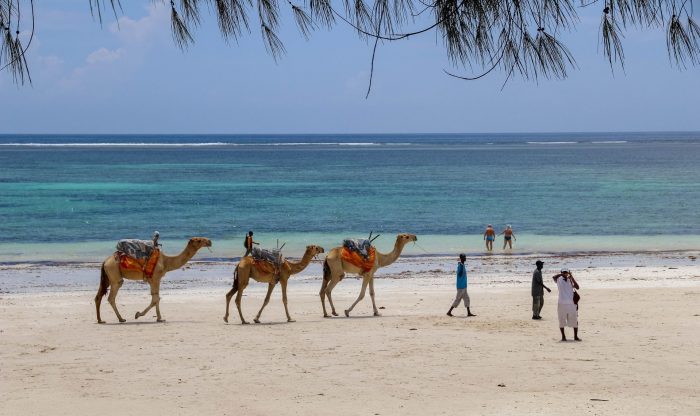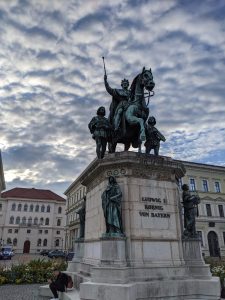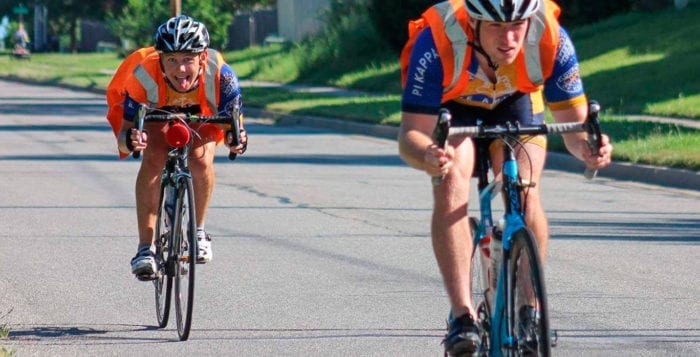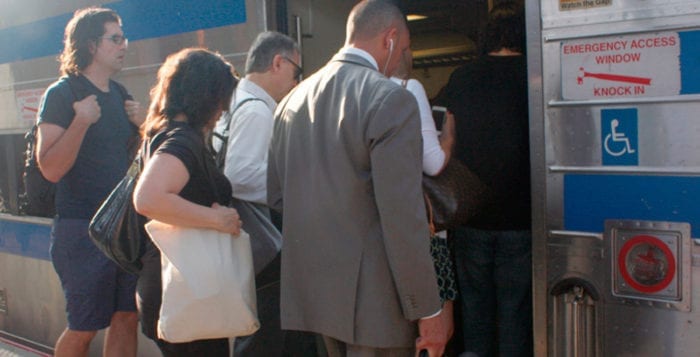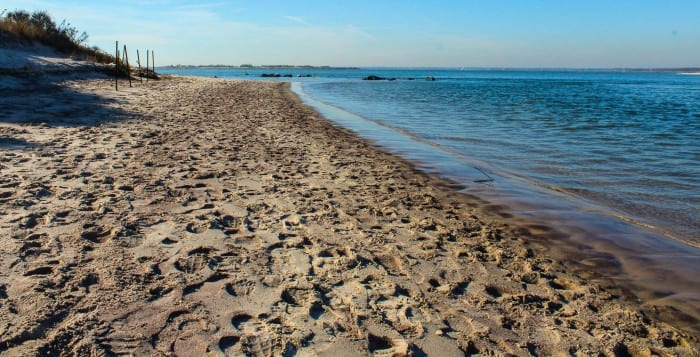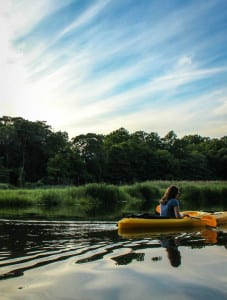By Leah Dunaief

One of the reasons we travel is to broaden our horizons, literally and figuratively. Yes, we want to see new vistas, consider how others live, and cut ourselves a little break from our daily routines. The same could be said when we meet people from elsewhere. They come from different worlds, bring their personal history and cultural differences into view, and generally teach us about more than what exists in our own small circle.
Such is also the benefit of diversity. We don’t have to travel to find new worlds, we only have to be aware of others who come from those different worlds and admit them into ours.
All of which is to say that last Monday, as I went about my daily routine, I met a lovely woman from Kenya, and we had time for a leisurely talk. Now there were only three things I knew about Kenya. It is a country in Eastern Africa. A friend went with her extended family on a safari there some years ago and raved about it on her return. Runners from Kenya, both male and female, usually win the New York City Marathon. That’s it.
At least, that was it until we started to chat. Now that she raised my consciousness about her home, I realized that Kenya has been in the news lately. Elections were scheduled this past Tuesday, and they were hotly contested. This much I learned from the PBS News Hour Monday night. Because of my encounter, I paid more attention to that news segment as well as to a couple of news stories in The New York Times. She brought her country within my view.
The news stories told me more.
William Ruto, 55, the self-proclaimed leader of Kenya’s “hustler nation” [his designation], was vice president for nine years but was now portraying himself as an outsider, representing the masses of frustrated young people, most of them poor, who just want to get ahead. He paints his rivals as elitist. That would include Raila Odinga, 77, who is running for president for the fifth time but who now has made an alliance with his former bitter rival, the outgoing president, Uhuru Kenyatta, who is backing him. The race is expected to be close.
Why should we care about Kenya?
“Since its first competitive multi-party elections 20 years ago, the East African nation has emerged as a burgeoning technology hub, a key counterterrorism partner, a source of world-class athletes and an anchor of stability in a region roiled by starvation and strife,” according to the newspaper article. Some 80 % of Kenyans voted in the 2017 election, making for a democracy in the midst of nations run by strongmen.
There are major concerns now. The pandemic and the Ukrainian War have badly affected their economy, which already was struggling under heavy debt to China for financing a railroad and road projects. This was part of its trillion-dollar Belt and Road Initiative, aiming to expand China’s economic and political influence in Africa. China never has financed the completion of this construction, leaving the railroad to end abruptly in a field 200 miles short of its intended destination in neighboring Uganda. But the debt remains to be paid, and the railroad is further enmeshed in serious corruption charges. Meanwhile China is reconsidering its early investments in African infrastructure since it paid out large amounts of money to countries with shaky economies. But the Chinese government still seeks influence in Africa, as does Russia, which was supplying much of its grain.
The 54 nations and 1.4 billion people on the African continent are important enough to us that Secretary of State Antony Blinken just started a tour of countries there. His trip and the election in Kenya are more meaningful to me now, thanks to the conversation I enjoyed with the woman who may become a new friend.
Now back to travel. She enticed me to visit with a description of their magnificent sand beaches along the Indian Ocean. Travel, imagined or real, is a beautiful thing.

